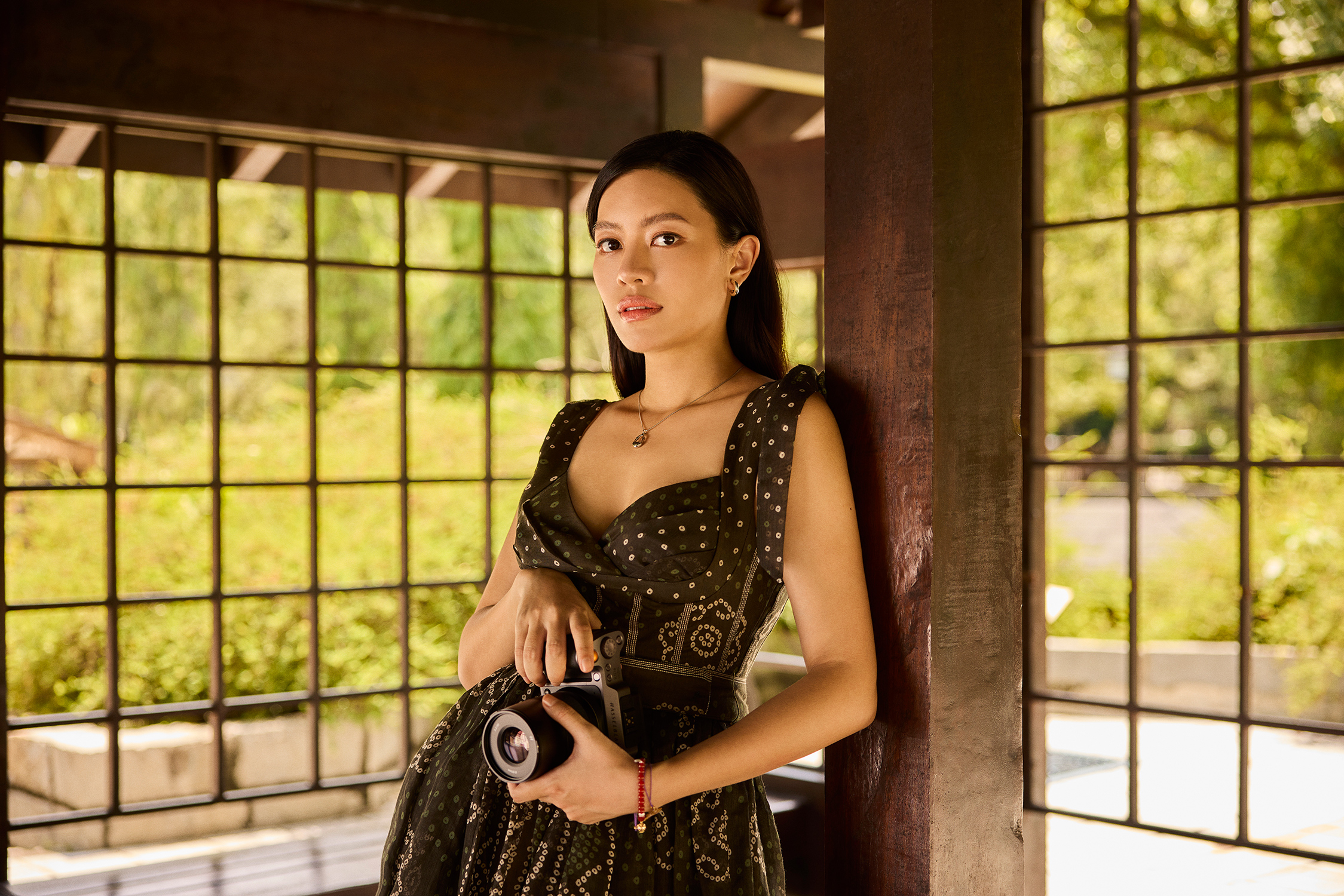You may know her now from her work with MalaysianPAYGAP, the wage transparency platform that took off during the pandemic; as well as her work on Disappearing Cultures, a photojournalistic foray into aspects of cultures around the world that is little known and slowly disappearing.
But for the humanist cultural photographer, as she now labels herself, discovering her calling for photography was a complete accident.
“How I got started in photography was because of something quite bad actually,” Prestine starts, an unexpected response to a question about her beginnings in the art form. “I was in the US studying, and I told my mum that I was going to be independent.”
In order to survive through tuition, rent, and living costs, Prestine took on odd jobs and plenty of gigs during her time in America – anything from delivering flowers to cleaning someone’s kitchen. On average, she would make about $35 per hour on the job.
“One of it was an engagement proposal and they were looking to hire somebody to do the photography. They would provide the camera, and the pay was $100 per hour. So I took it, and in just 35 minutes, I was done and I had $100. That’s when I thought, I should get into photography to make a living,” she explains.
Moment 1: Going all in on photography
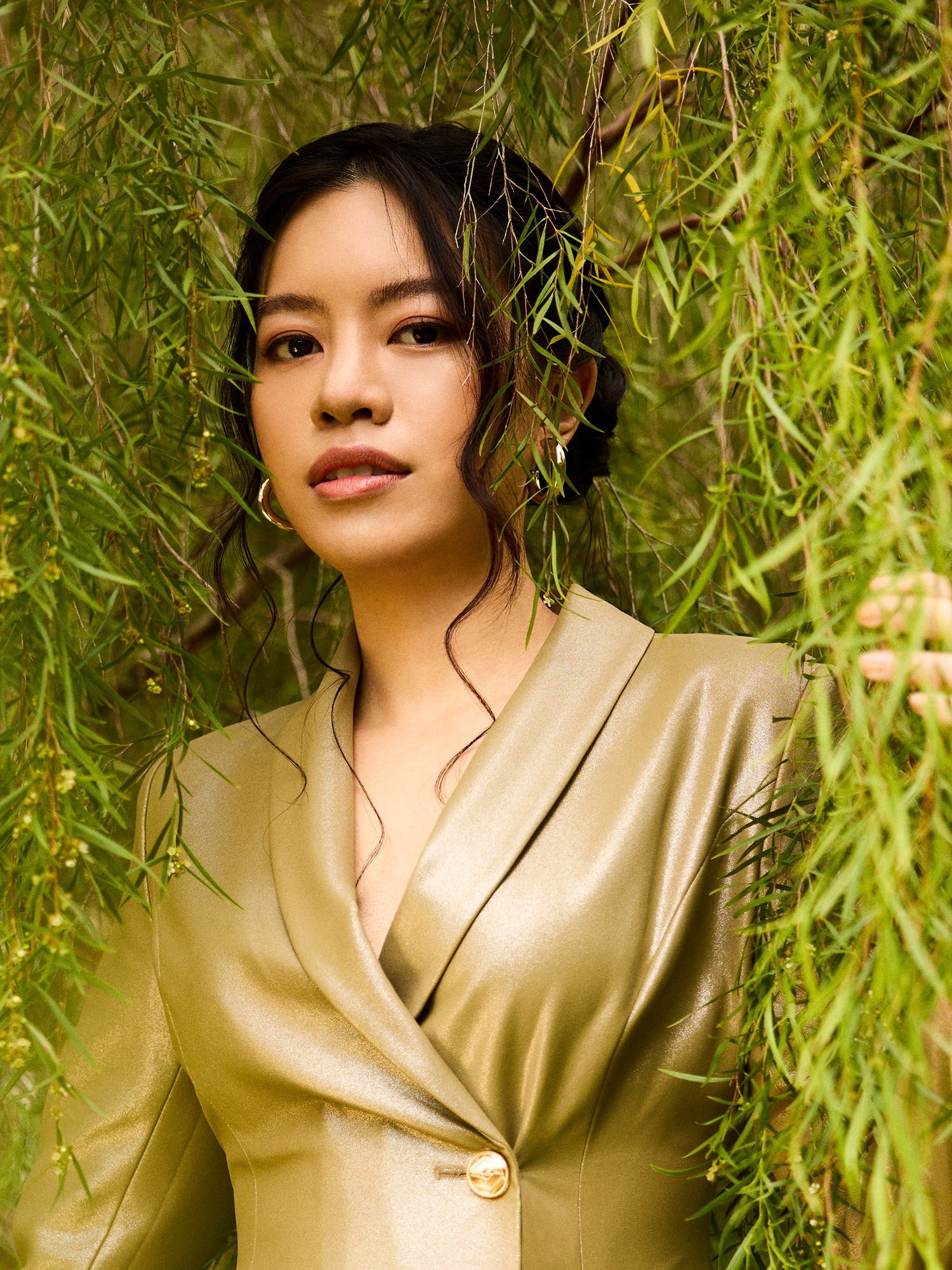
For Prestine, getting into photography was first and foremost about survival. She had zero interest in the art form prior to that but saw the chance to cultivate an eye for stories through the odd jobs she took.
“I didn’t even know I was good at it! But the feedback from the photography professor was good. They said ‘you have talent, and that natural eye. So I took that very seriously. The pivotal point came when there was one month where I couldn’t pay the rent. I only had a few hundred dollars left after clearing my tuition fees – not enough to cover my $950 rent, so I just decided to use that money to buy a camera and go all in on photography.”
From that point on, Prestine took the leap into full-time photography. Her first big break came by jumping ahead of the influencer boom, at a time when Instagram personalities were yet to use professional cameras and set ups for their content. A fruitful collaboration with a growing Malaysian influencer at that time thrust Prestine into the world of fashion photography, opening doors here in Malaysia and in the fashion capitals of the world.
Moment 2: Founding MalaysianPAYGAP during global lockdowns
The turning point in Prestine’s trajectory was the pandemic and the subsequent global lockdown that came with it. Grounded and unable to travel for her international clients, Prestine sought opportunities here by pitching to local fashion brands. And when they asked for her rate card, Prestine, who had more experience working overseas and in China, had no idea how to price herself locally.
When she reached out to fellow Malaysian photographers for advice and their rates, she was met with non-answers and a strange refusal to share. “In China, the price is very transparent. When a client reaches out to you, they already know the range. But here, clients and photographers pretend not to know. Then what do I do?” she asks.
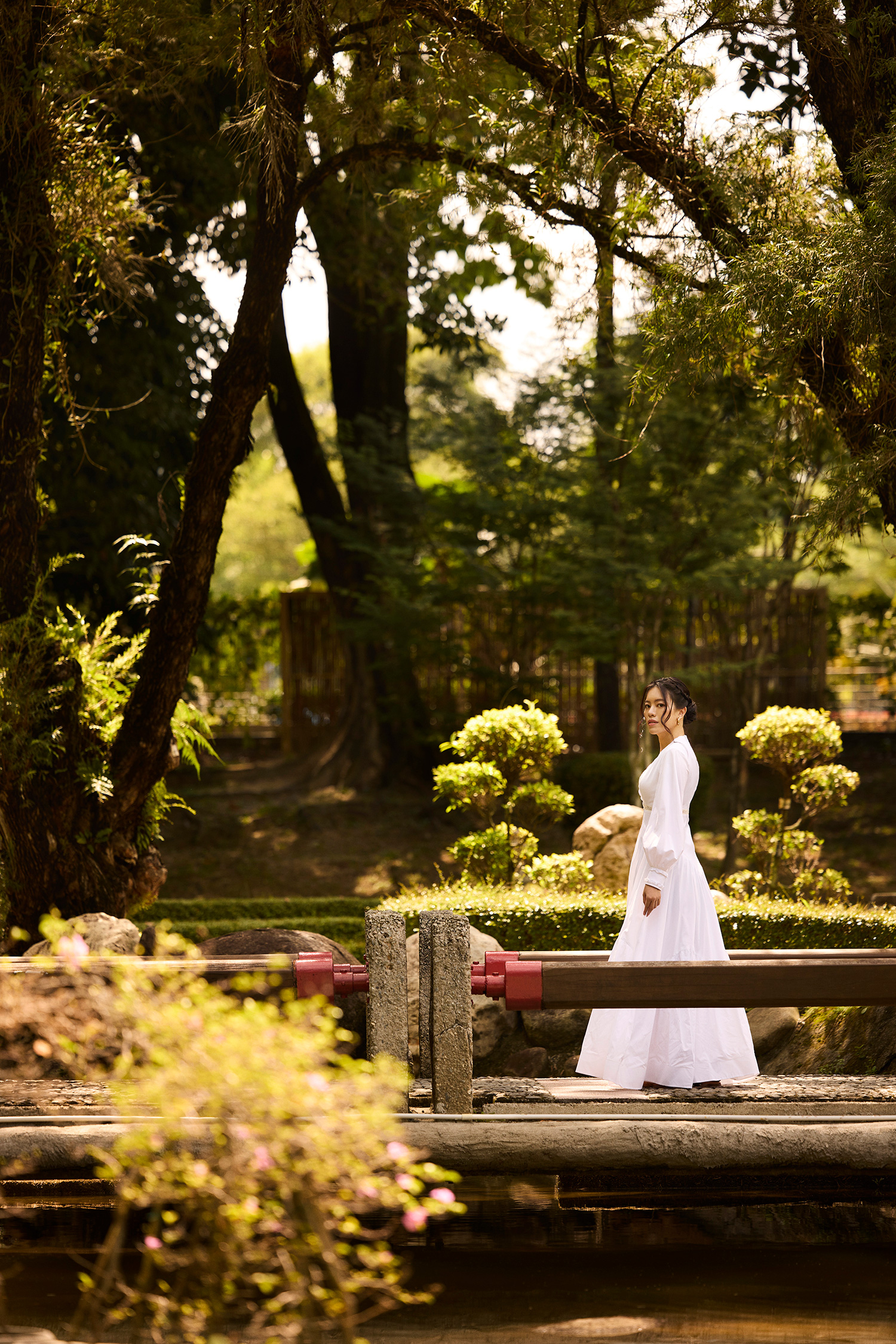
“I got so angry that I couldn’t sleep for two weeks just thinking about it. Then I got this idea [for MalaysianPAYGAP] around midnight, and I stayed up the whole night just putting the pieces together. How am I going to do it? Who do I reach out to for the first few posts? What would the format be? I just wanted to create something to lure the photographers out, I wasn’t thinking about any other industries,” she continues.
“In the end when it blew up, one photographer took the bait, but by then, there were enough industries voicing out that they needed this platform. So I took it as a social responsibility to continue,” Prestine says.
Just like her introduction to photography, MalaysianPAYGAP too was something Prestine accidentally fell into, driven by survival instincts and a personal determination to find answers in a challenging environment. Today, MalaysianPAYGAP is Prestine’s day job. Between sifting through stories, managing her team, conducting street interviews, and building their brand-new site, Paygap.asia, there’s a way to go for the platform to continue on its mission to break the taboo around wage discourse.
Moment 3: Seeking fulfilment with Disappearing Cultures
Amidst all that, Prestine knew that there was something missing. “I never set an intention with photography. For the first four or five years, I was doing it purely for money. It was fun because shooting people, especially women, is very natural to me. But I could also feel that there was something missing – that there’s no meaning to it. I felt like I’m not fulfilled in some part of myself,” she reflects.
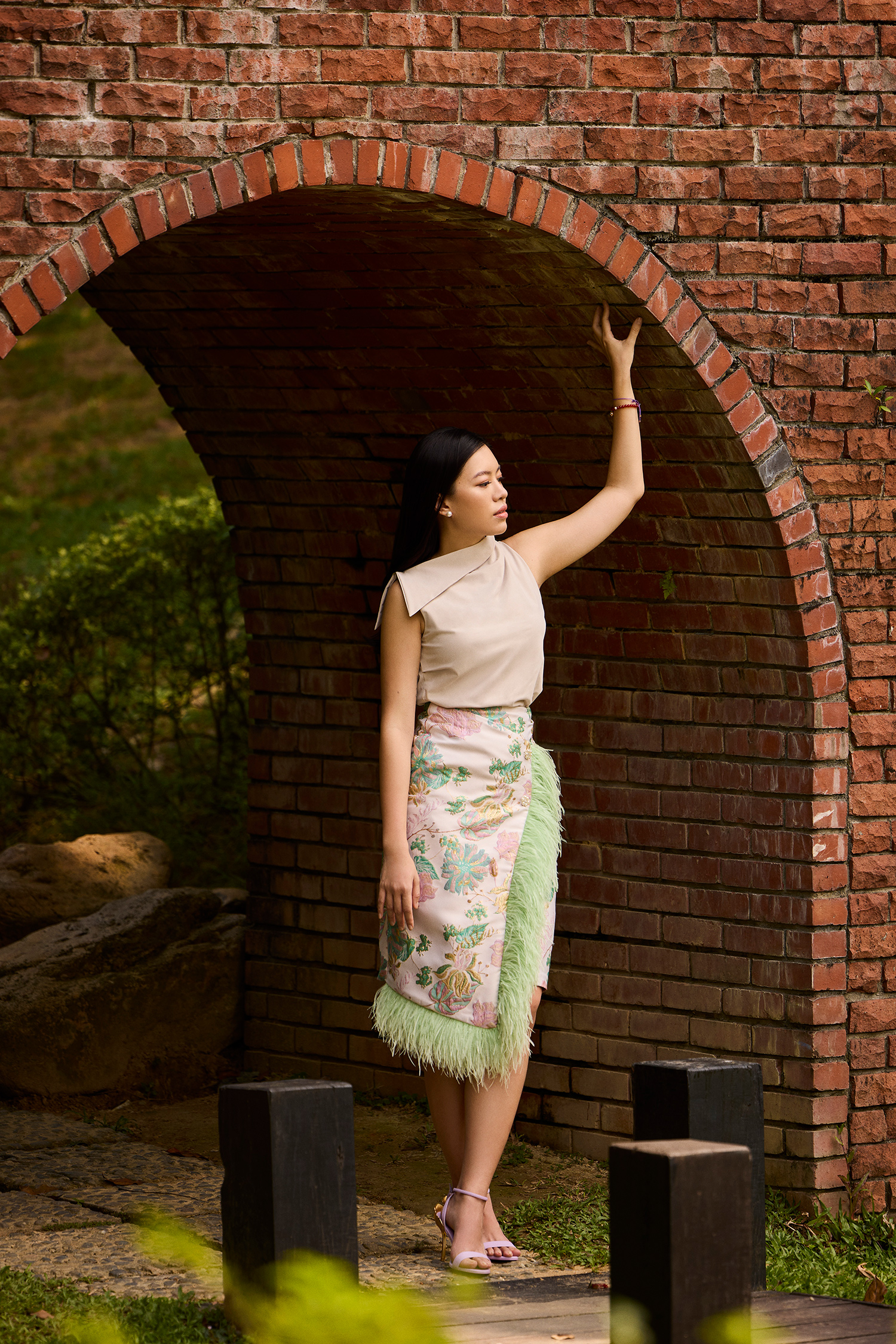
That’s where the Disappearing Cultures project comes in. Remembering her lifelong, unfulfilled love for the world of journalism, Prestine was pulled back into seeking that deeper connection to humanity.
“I always loved journalism, but one thing led to another in my life, and I just kept getting further away from it. But even so, I have always been interested in human stories. Disappearing Cultures only started after MalaysianPAYGAP, in 2022, because I think I really struggled with what I was meant to do, and with what was fulfilling work to me.”
“With MalaysianPAYGAP, I saw that a lot of people are so relentless in going after their dreams. But at the same time, there are also people who don’t do anything and then complain all the time. That’s when I realised, I don’t want to be like them – I want to be relentless.”
The project first started as Disappearing Jobs, as Prestine found herself being drawn to a certain type of subject: people who worked in crafts, and in jobs that people don’t pay attention to. “I feel that it’s such a waste, because these people are the last generation of craft makers. They deserve that dignity, and the recognition,” she explains.
But once she brought the project overseas, she saw so many more aspects of culture that were disappearing too, and her survival mentality meant she quickly realised the need to also get the most value out of every trip.
“With Disappearing Jobs, a lot of people and especially brands think it sounds too negative, so it was hard to find partnership. So I changed the name to Disappearing Cultures, which was broader and more easily accepted by people too. Plus, there are so many ways to approach culture. You can come at it from the heritage way, or you can see it from an anthropological, economic way. I prefer the latter, finding stories from those who still use their cultural artifacts for survival, and how it’s ingrained in their everyday lives rather than just to perform for tourists,” she opines.

“It was so tough at the start. After you become used to shooting beautiful people, shooting normal people is actually very tough because it’s not about finding the aesthetic anymore. I’m doing my best, but in the eyes of true photojournalists, my photos are still lacking in an angle. That’s one of my goals in the future, to find my journalistic angle and make it a point not to just show a picture, but to teach people more about the subject matter,” she resolves.
That goal is important to her because Prestine is very aware of the challenges of modern living. Working on Instagram as her primary platform for both projects has taught her the nuances of navigating creativity.
“It’s important for everyone to know that we’re meant to be curious. Even though everything in our society is designed for us not to be. Like the algorithm is designing us to be the same, to like the same thing, follow the same trend. So I think the ability to isolate and block out noises is so important in our current age, and to learn not to be swayed by artificial or superficial validation.”
Moment 4: Capturing today and setting up the future
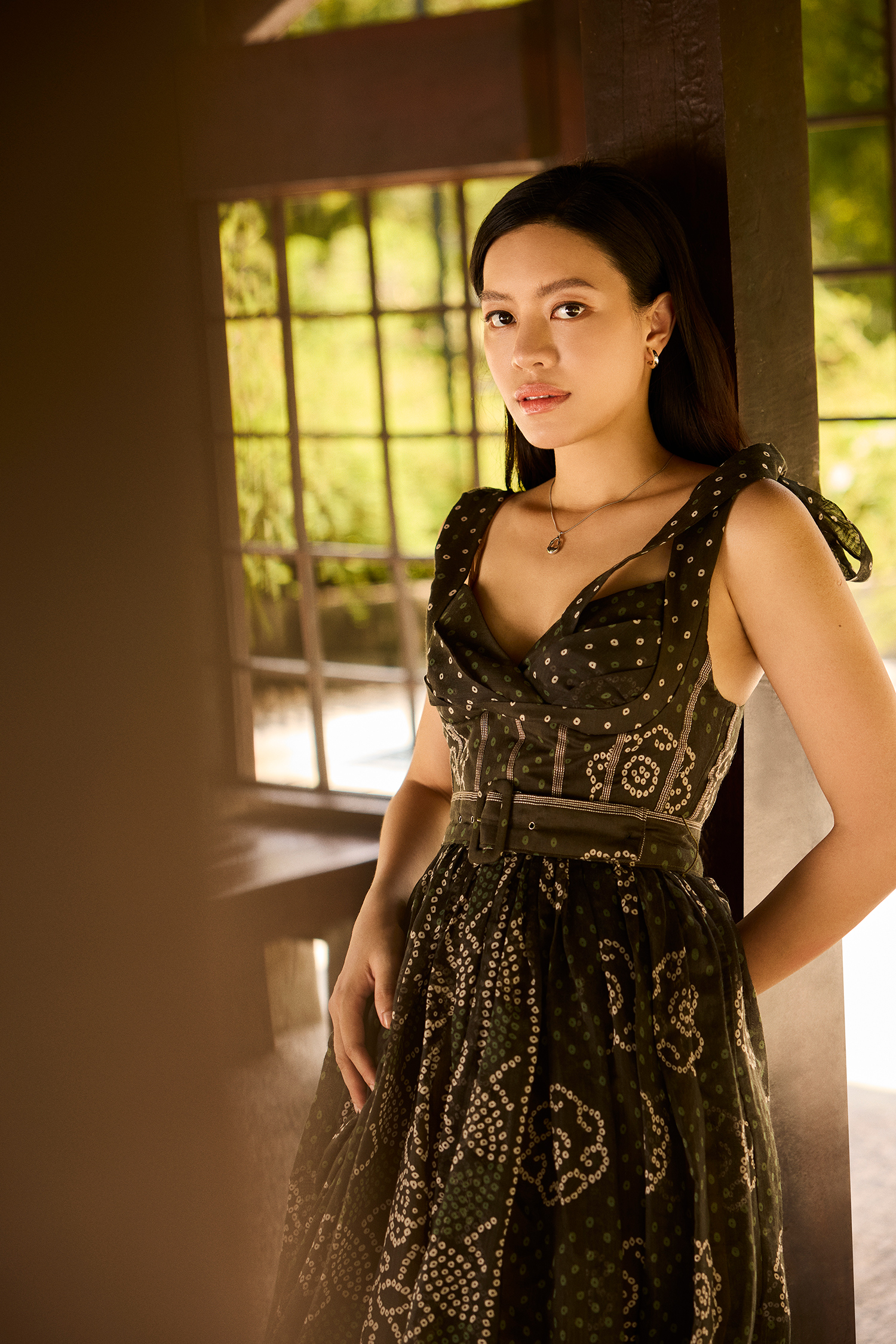
Today, Prestine divides herself between her two big projects, still trying to find the balance between them both. Each one is a job that tells stories but from different angles and different objectives – one community based and the other a passion project.
For the immediate future, Prestine intends to strike that balance and not let the overwhelming demands of MalaysianPAYGAP take her away from her intentions. “I want to keep my focus pure for Disappearing Cultures,” she summarises.
“It is funny cause Disappearing Cultures is my escape from MalaysianPAYGAP! Because if I’m dedicating my time to do something for other people, I’ll need some time to do something for myself too. Travel to me is an escape from everyone else and where I go into my own world. Even though what I do means I need to interact with others, it’s an escape in a sense that I have control of what I see, what story I want to tell, and who I let inside of my world. I think routine and norm, they kill a part of us. You’ll find a lot of creatives need to go to somewhere new in order to break through,” Prestine says.
When asked for her final words to make sure her story is fully told today, Prestine goes into a spot of reflection. She says, “I kind of wish I started this project earlier. I feel like in my 20s, I kept waiting for things to happen. I kept thinking that somebody, without knowing I had this goal, would give me what I needed to start this project. It’s very foolish. In this day and age, you need to take yourself seriously. If you wait for others, you’re just delaying your happiness. Don’t wait, just do, and treat it as the biggest thing you’ll ever do.”
Featured image: Prestine Davekhaw wears a Shaleen Cheah dress, and stylist’s own earrings and necklace.
Editor: Natalie Khoo
Words: Neda Al-Asedi
Creative Direction: Anson Siau
Assisted by: Mon Kai Siong Yi and Chin Yi Ting
Photography: Tommi Chu | Blink Studio
Photography assistant: Elden
Videography: Haoyii Lim
Videography assistant: Denise Mak
Stylist: Mughni Che Din
Stylist assistant: Surya Ammari
Hair and makeup: Asaki Yok and Shallee Lee
Read more of FirstClasse Malaysia’s Inspire digital cover stories here.


